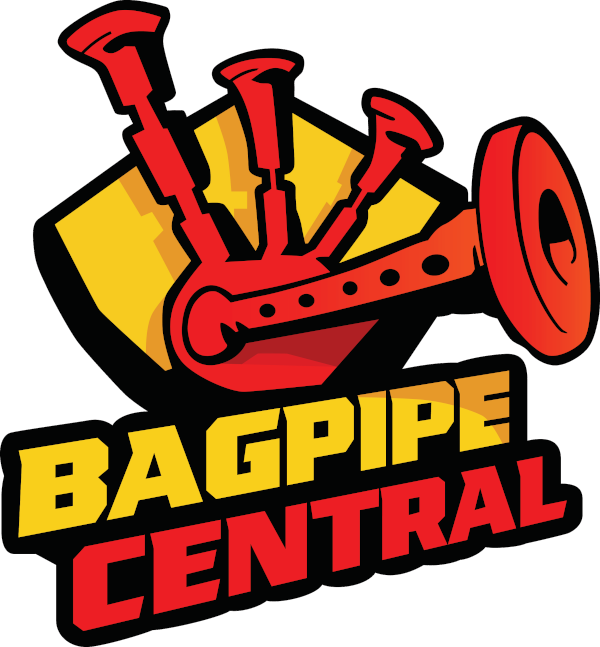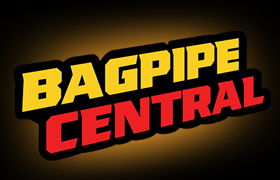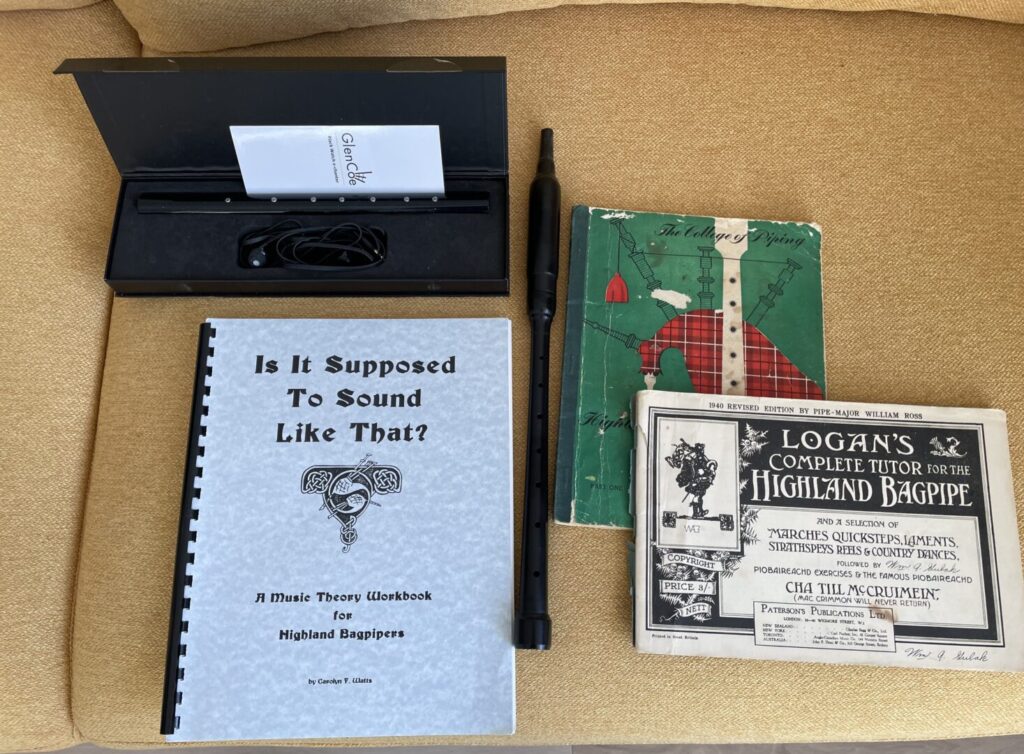So you’ve heard the call of the pipes—and now you’re ready to start learning. Whether it was the stirring sound of a pipe band, the haunting solo of a lone piper or a instagram post of your favourite scottish getaway that inspired you, congratulations: you’re about to embark on a challenging and deeply rewarding musical journey.
Here’s the first surprise: you don’t start with a full set of bagpipes.
In this blog post, we’ll break down exactly what you need to buy when you’re beginning to learn the Great Highland Bagpipes—and how to avoid common (and costly) mistakes.
Step 1: Start with a Practice Chanter
You don’t start with bagpipes—you start with a practice chanter. This small, recorder-like instrument is what nearly every piper uses to learn the basics of fingering, grace notes, and tunes. This will remain your most trusted tool for new music as your continue your piping journey.
What to Look For:
- Durable wood or plastic / poly material
- Comfortable hole spacing and a reed that doesn’t squeal when you overblow
- Reputable brands: McCallum, Dunbar, R.G. Hardie, Gibson, Naill, etc.
- check out https://bagpipecentral.com/listings/?_bagpipe_items=practice-chanter for more options
Pro Tip:
Avoid ultra-cheap Amazon knockoffs—they often leak air, squeak, and go out of tune quickly. Many of these cheaper options found on Amazon are made in less than reputable shops.
Cost: Expect to spend $75–$200 for a good starter chanter.
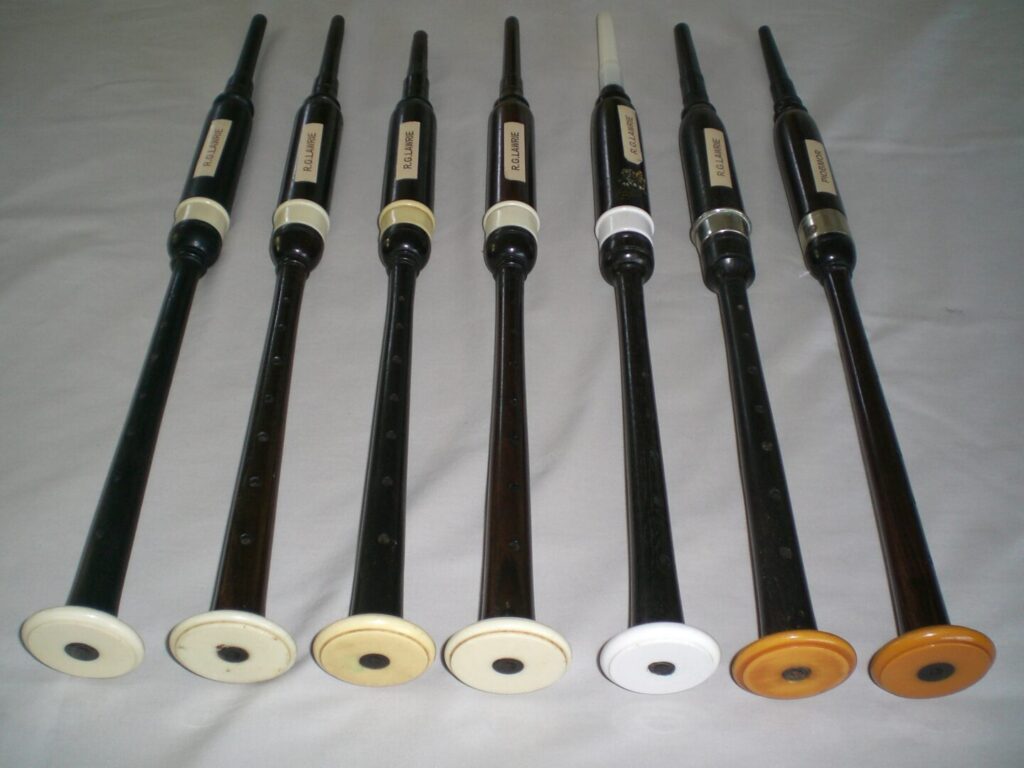
Step 2: Get a Good Tutor Book or Online Course
A quality tutor book or online program will save you months of confusion.
Popular Options:
- “College of Piping Tutor Book 1” – Classic, widely used
- “Rhythmic Fingerwork” by Jim McGillivray – Focuses on grace note timing
- The “Logans Tutor” volume 1
Books cost around $25–$50.
Online lessons are another option and many services range from $20 to $40 per month.
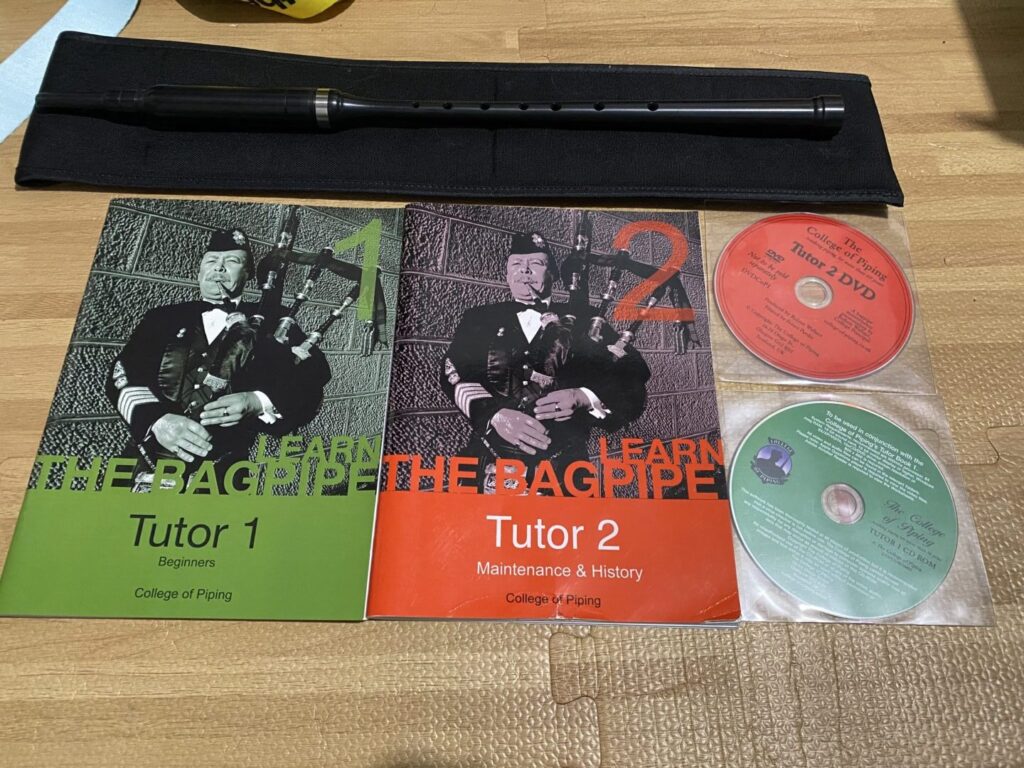
Step 3: (Optional, but Important) Find a Teacher or Band
Bagpipes are difficult to learn without guidance. A tutor or pipe band can:
- Help correct your finger technique early
- Hear mistakes in your playing that made not be audible to the beginner
- Keep you motivated
- Get you ready for your first full bagpipe set
- Network you with a group of like minded individuals
Many local pipe bands often offer free or low-cost instruction to learners.
Step 4: Graduate to a Full Set of Bagpipes (Later!)
Only after you’ve mastered basic tunes and embellishments (usually 6–12 months in), should you buy a full set of bagpipes.
What to Look For:
- Beginner sets made from polypenco (plastic) are cheaper and easier to maintain
- Brands: McCallum, David Naill, Dunbar, R.G. Hardie, Wallace, Gibson, etc.
- Check https://bagpipecentral.com/listings/?_bagpipe_type=great-highland-bagpipes&_bagpipe_items=full-set for over one thousand examples!
- Bag type: Synthetic bags with zip are easy to manage for beginners
Cost:
- $600–$1,200 for a new poly set
- $800–$2,500 for a good used beginner set (pricing will have a wide range to premium sets costing over $5,000)
Starter Gear Checklist
| Item | Why You Need It | Cost (Approx.) |
|---|---|---|
| Practice chanter | Learn fingering & basic tunes | $75–$200 |
| Tutor book/course | Structured learning | $25–$50/book |
| Metronome app | Keep tempo and rhythm | Free–$10 |
| Bagpipe set | (Later) Full instrument | $600–$2,500 |
| Instructor/Band | Feedback and motivation | Free–$40/half hour |
Final Tips for Beginners
- Don’t rush to buy bagpipes. Master the practice chanter first.
- Invest in quality gear—cheap tools can lead to bad habits.
- Be patient. Learning the bagpipes takes time, but every step forward is incredibly rewarding.
- Connect with other pipers. Join a community and you’ll learn faster and enjoy the journey more.
- Find all your piping related gear on Bagpipe Central
Ready to get started?
Start with a quality practice chanter and tutor book—and you’re on your way to becoming a piper.
If you’d like recommendations based on your budget, drop us a line at [email protected]
